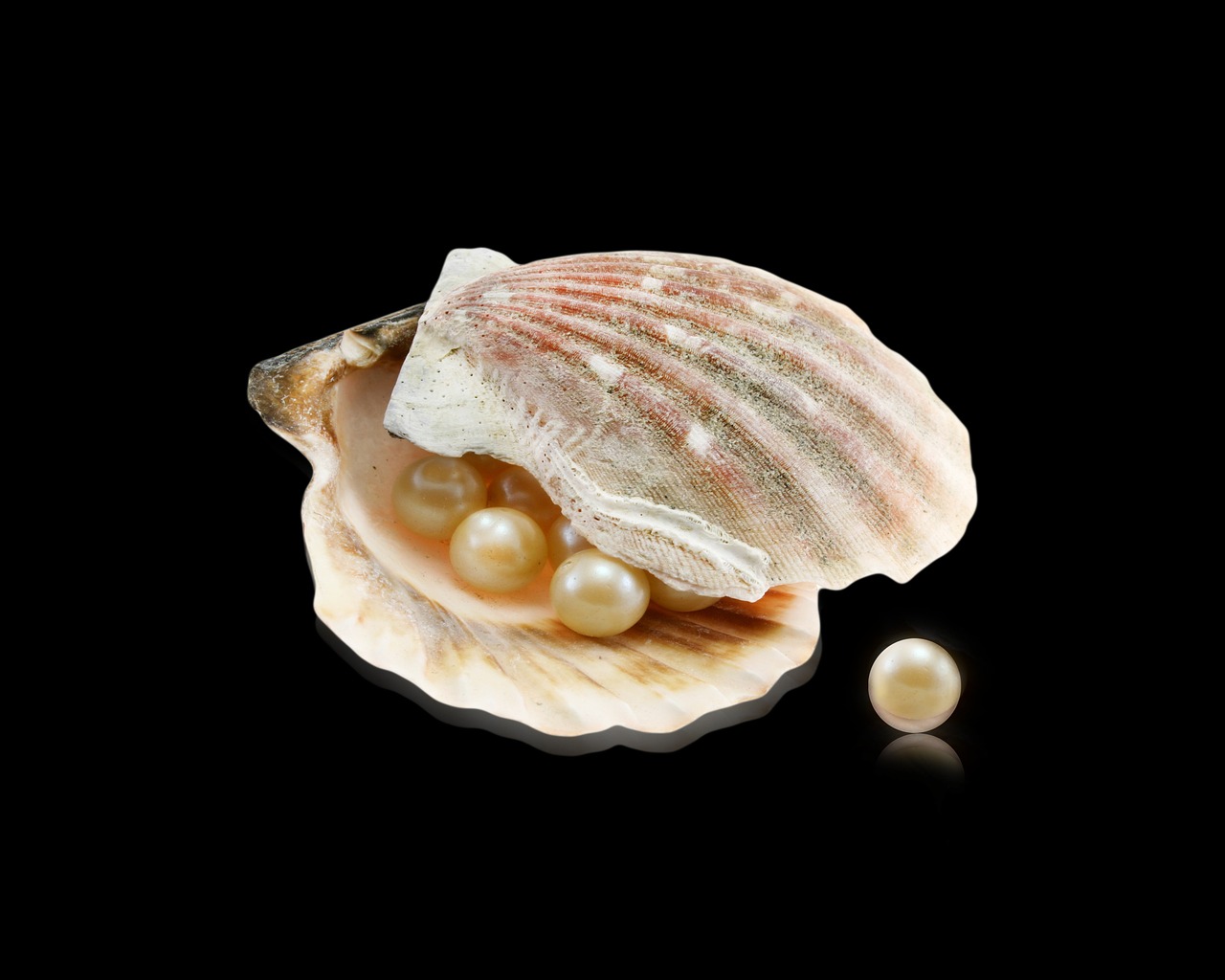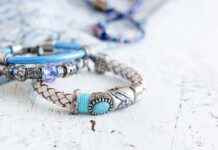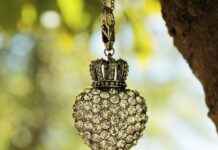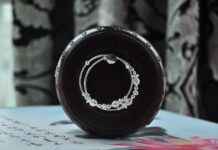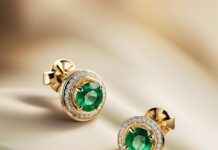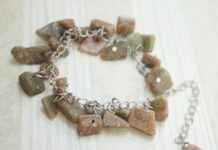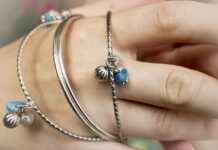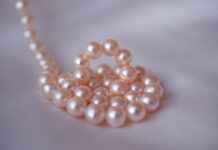This article delves into the timeless beauty and versatility of pearl necklaces, emphasizing their significance in the world of jewelry fashion. Pearl necklaces are not just accessories; they are essential pieces that enhance any jewelry collection. Their ability to transition effortlessly from casual to formal settings makes them a staple for every jewelry enthusiast.
The History of Pearl Necklaces
Understanding the rich history of pearl necklaces provides insight into their cultural significance and enduring popularity. From ancient civilizations that revered pearls as symbols of wealth and status to modern fashion trends that celebrate their elegance, pearls have always held a special place in jewelry.
Types of Pearls Used in Necklaces
- Akoya Pearls: Known for their classic round shape and high luster.
- Tahitian Pearls: Famous for their dark colors and unique overtones.
- South Sea Pearls: Valued for their large size and luxurious appearance.
Natural vs. Cultured Pearls
When choosing a pearl necklace, it’s important to understand the difference between natural and cultured pearls. Natural pearls are rare and formed without human intervention, while cultured pearls are created through human efforts, making them more accessible.
Freshwater vs. Saltwater Pearls
The distinction between freshwater and saltwater pearls affects their appearance, size, and price. Freshwater pearls are typically more affordable and come in a variety of shapes, while saltwater pearls are often more lustrous and round.
How to Choose the Perfect Pearl Necklace
Selecting the ideal pearl necklace involves considering factors such as size, shape, color, and luster. Understanding these characteristics can help ensure that the piece complements the wearer’s style.
Caring for Your Pearl Necklace
Proper care is crucial for preserving the beauty of pearl necklaces. Regular cleaning and appropriate storage can help maintain their luster and quality over time.
The Timeless Appeal of Pearl Necklaces
The enduring charm of pearl necklaces lies in their classic elegance. They are a beloved choice for generations and make perfect gifts for special occasions or personal milestones.
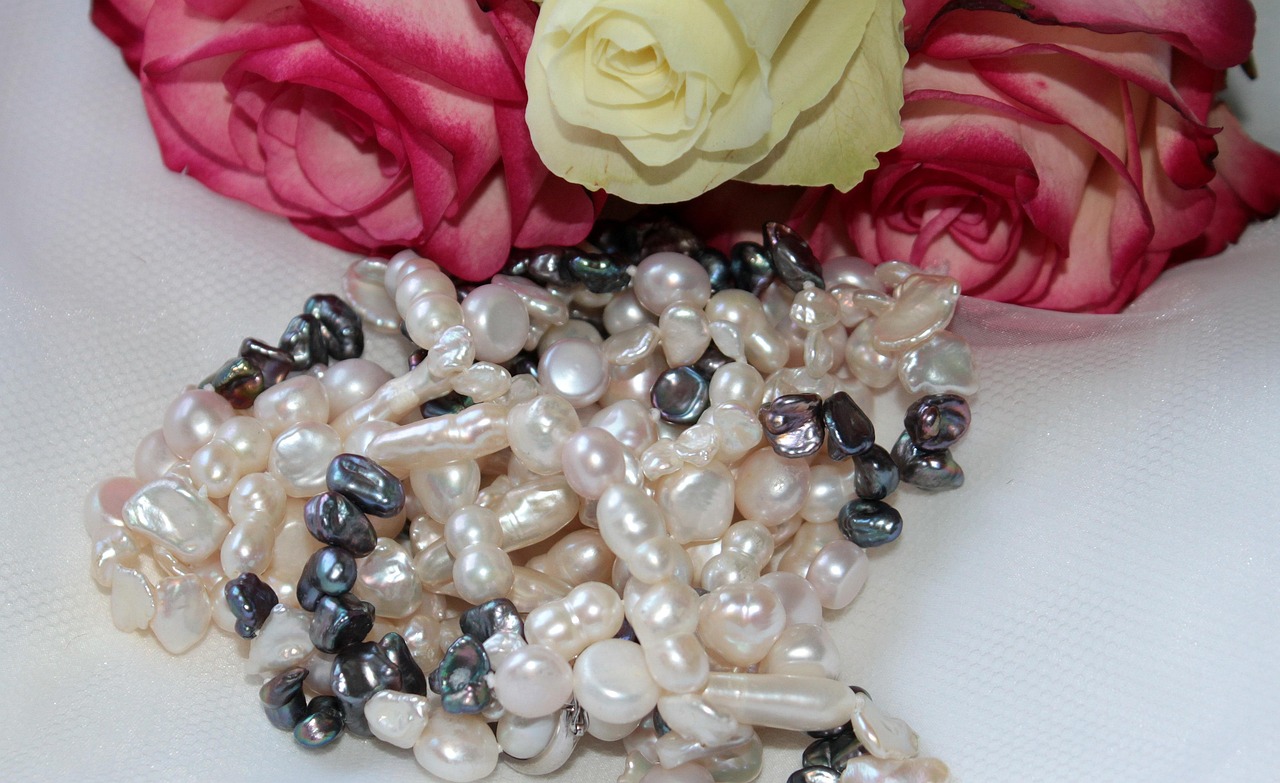
The History of Pearl Necklaces
Understanding the rich history of pearl necklaces provides insight into their cultural significance and enduring popularity throughout the ages. From ancient civilizations to modern fashion trends, pearls have been cherished for their beauty and symbolic meanings.
In ancient times, pearls were considered the ultimate symbol of wealth and status. They were often associated with royalty and were used as gifts for emperors and dignitaries. The ancient Egyptians, for example, adorned their tombs with pearl jewelry, believing that pearls would provide protection in the afterlife. Similarly, in ancient Rome, pearls were so highly valued that they were used as currency, showcasing their importance in trade and commerce.
As history progressed, the allure of pearls continued to captivate various cultures. During the Middle Ages, pearls became synonymous with purity and virtue, often worn by brides on their wedding day. This tradition persists today, as many brides still choose pearl necklaces to symbolize their commitment and love.
In the 19th century, the introduction of cultured pearls revolutionized the pearl industry. With the ability to produce pearls on a larger scale, these necklaces became accessible to a wider audience. This shift not only democratized pearl jewelry but also solidified its place in modern fashion. Today, pearl necklaces are celebrated for their versatility, transitioning seamlessly from formal occasions to casual outings.
As we delve deeper into the significance of pearl necklaces, it becomes clear that they are not merely accessories but rather timeless treasures that carry stories and history. Their enduring appeal is a testament to their ability to adapt and resonate with each generation, making them a must-have for every jewelry lover.
<h2.Types of Pearls Used in Necklaces
The Elegance of Pearl Necklaces: A Must-Have for Every Jewelry Lover
Pearls have captivated jewelry lovers for centuries, and their beauty is reflected in the various types available in the market. Among the most sought-after are Akoya, Tahitian, and South Sea pearls, each boasting distinct characteristics that cater to a wide range of tastes and occasions.
Akoya Pearls are renowned for their classic elegance. Typically cultivated in Japan, they are smaller in size, usually ranging from 6mm to 9mm. These pearls are known for their high luster and round shape, making them a popular choice for traditional pearl necklaces. Their white to cream colors often feature subtle overtones of rose or silver, providing a timeless appeal that suits both formal and casual attire.
Tahitian Pearls, on the other hand, are famous for their exotic beauty. Cultivated in the warm waters of French Polynesia, these pearls come in a variety of colors, including black, green, and peacock. Ranging from 8mm to 18mm, Tahitian pearls are larger and are often admired for their unique iridescence and bold hues. They are perfect for statement jewelry pieces, adding a touch of drama to any outfit.
South Sea Pearls are the largest of the pearl varieties, typically measuring from 9mm to 20mm. Sourced mainly from Australia and Indonesia, these pearls are celebrated for their luxurious golden and white tones. Their thick nacre contributes to a deep luster that is unmatched, making South Sea pearls a favorite among those seeking opulence in their jewelry. Ideal for special occasions, they can elevate any ensemble with their stunning presence.
In conclusion, the different types of pearls, including Akoya, Tahitian, and South Sea, each offer unique qualities and aesthetics that make them suitable for various styles and occasions in pearl necklace designs. Understanding these differences allows jewelry enthusiasts to choose pieces that resonate with their personal style and the event at hand.
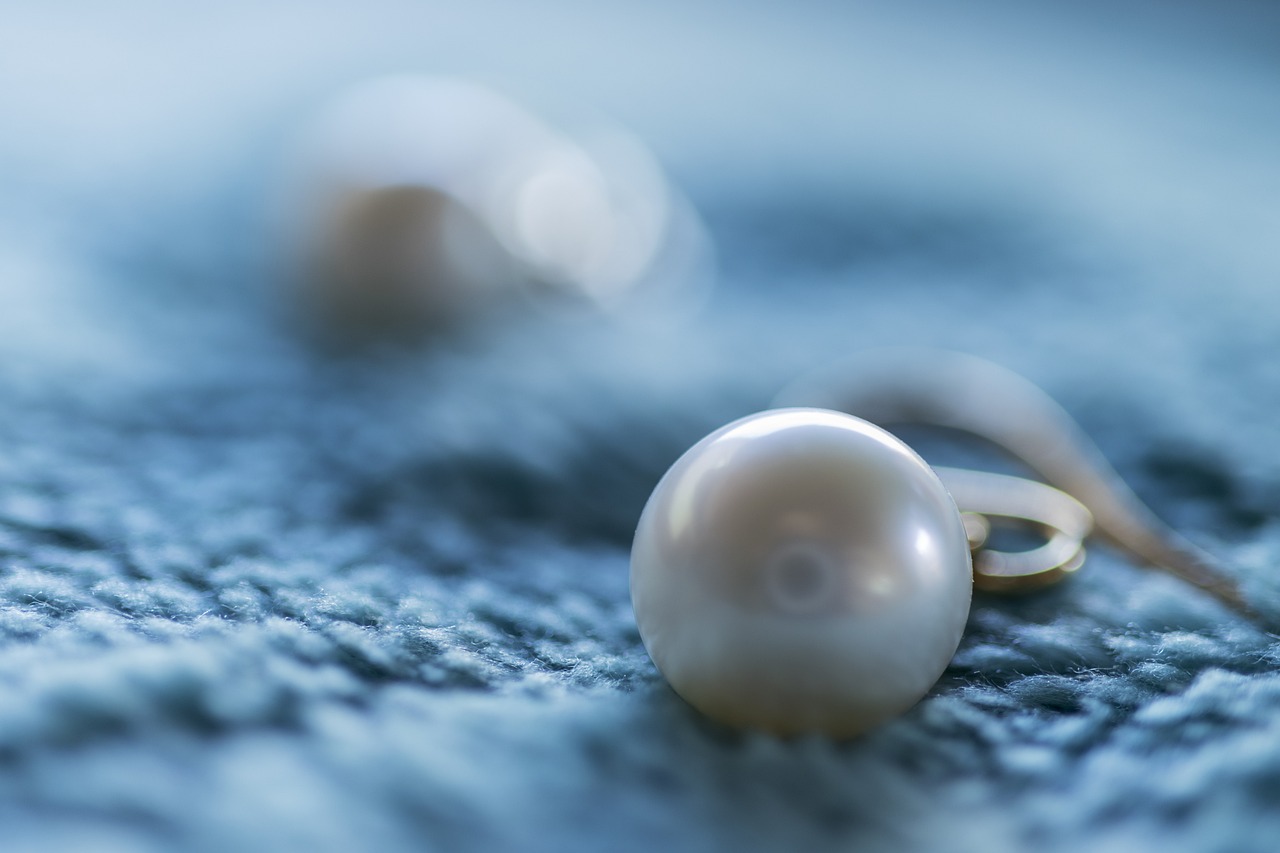
Natural vs. Cultured Pearls
When it comes to purchasing pearl necklaces, understanding the differences between natural and cultured pearls is essential for consumers. This knowledge not only impacts the price but also the quality of the pearls, influencing overall satisfaction with the purchase.
Natural Pearls are formed in the wild without any human intervention. They occur when an irritant, such as a grain of sand, enters an oyster or mollusk. The creature then secretes layers of nacre around the irritant, gradually forming a pearl. Due to their rarity, natural pearls are often considered highly valuable and are sought after by collectors. Their unique characteristics, such as shape and luster, can vary greatly, making each piece one-of-a-kind.
In contrast, cultured pearls are created through human intervention. Pearl farmers introduce an irritant into the oyster to stimulate nacre production. This method allows for a more consistent quality and size of the pearls, making them more accessible and often affordable for the average consumer. Cultured pearls can be further classified into freshwater and saltwater varieties, each offering different aesthetics and price points.
| Characteristic | Natural Pearls | Cultured Pearls |
|---|---|---|
| Formation | Natural process | Human intervention |
| Rarity | Very rare | More common |
| Price | Generally higher | More affordable |
| Uniqueness | Highly unique | More uniform |
In conclusion, whether you choose natural or cultured pearls depends on your personal preferences, budget, and the value you place on rarity and uniqueness. By understanding these differences, consumers can make informed decisions that align with their desires and expectations when purchasing pearl necklaces.
Natural Pearls
are among the most exquisite treasures of the ocean, formed through a fascinating natural process that occurs without any human involvement. Unlike their cultured counterparts, which are cultivated in farms, natural pearls are created when an irritant, such as a grain of sand, enters the shell of a mollusk. In response, the mollusk secretes layers of nacre, a substance that coats the irritant, eventually forming a lustrous pearl. This process can take many years, making natural pearls extremely rare and highly coveted.
The rarity of natural pearls significantly contributes to their value. Collectors and jewelry enthusiasts often seek them out not only for their beauty but also for their unique origins. Each natural pearl is a one-of-a-kind creation, reflecting the individual characteristics of the mollusk and the environment in which it was formed. This uniqueness adds to their allure, making them a prized possession for many.
Throughout history, natural pearls have been symbols of wealth and status. They have adorned the necks of royalty and have been featured in some of the most iconic pieces of jewelry ever created. The fascination with natural pearls continues today, as they are often seen as a representation of elegance and sophistication.
However, due to their scarcity, natural pearls often come with a high price tag. This makes them a significant investment for collectors. When purchasing a natural pearl, it is essential to consider factors such as size, shape, color, and luster, as these can greatly affect the pearl’s value and overall appeal.
In conclusion, natural pearls are not just beautiful gems; they are a testament to nature’s artistry and a reminder of the ocean’s mysteries. Their rarity and the intricate process of their formation make them highly sought after by jewelry lovers around the world, ensuring that they will remain a cherished part of jewelry collections for generations to come.
Cultured Pearls
represent a remarkable achievement in pearl farming, where human intervention plays a crucial role in their creation. Unlike their natural counterparts, which are formed spontaneously in the wild, cultured pearls are deliberately cultivated within mollusks, making them a more accessible and affordable option for those who wish to enjoy the elegance of pearl jewelry.
The process of farming cultured pearls involves implanting a small bead or piece of mantle tissue into an oyster or mussel. This act triggers the mollusk to produce layers of nacre, the substance that forms the pearl over time. As a result, cultured pearls can be produced in various shapes, sizes, and colors, catering to diverse tastes and styles.
One of the significant advantages of cultured pearls is their affordability. Due to the controlled farming process, they can be produced in larger quantities compared to natural pearls, which are rare and often come with a hefty price tag. This accessibility allows more people to incorporate these exquisite gems into their jewelry collections without breaking the bank.
Moreover, the availability of different types of cultured pearls, such as Akoya, Freshwater, and Tahitian, provides a wide range of options for consumers. Each type has unique characteristics that appeal to various preferences. For instance, Akoya pearls are known for their classic luster and round shape, while Tahitian pearls are celebrated for their exotic colors and larger sizes.
In conclusion, cultured pearls not only offer a stunning aesthetic but also represent a sustainable and economically viable choice for jewelry lovers. By understanding the farming process and the advantages of cultured pearls, consumers can make informed decisions when selecting their next beautiful piece of pearl jewelry.
Freshwater vs. Saltwater Pearls
The distinction between freshwater and saltwater pearls plays a crucial role in their overall appearance, size, and price, offering a diverse range of options to suit various tastes and preferences. Understanding these differences not only helps consumers make informed choices but also enhances their appreciation for these exquisite gems.
Freshwater pearls are primarily cultivated in rivers, lakes, and ponds, and they tend to be more abundant than their saltwater counterparts. This abundance often results in a more affordable price point, making them a popular choice for those seeking quality pearl jewelry without breaking the bank. Freshwater pearls are known for their unique shapes and vibrant colors, which can range from white to pink, lavender, and even deep gold. Their irregular shapes add a touch of whimsy and individuality to jewelry designs, appealing to those who appreciate a more artistic flair.
On the other hand, saltwater pearls, such as Akoya, Tahitian, and South Sea pearls, are cultivated in oceans and are generally more expensive due to their rarity and the controlled farming processes involved. These pearls are often rounder and exhibit a high level of luster, making them highly sought after for their classic elegance. Saltwater pearls come in a variety of stunning colors, including the deep blacks of Tahitian pearls and the creamy whites of Akoya pearls, each offering a distinct aesthetic appeal.
When choosing between freshwater and saltwater pearls, consider factors such as budget, style, and desired appearance. Freshwater pearls may be ideal for those looking for unique, colorful pieces at a lower price, while saltwater pearls are perfect for those seeking timeless elegance and luxury.
In conclusion, the choice between freshwater and saltwater pearls ultimately comes down to personal preference and the specific qualities one desires in a pearl necklace. Understanding these differences allows consumers to select the perfect piece that resonates with their style and budget.
How to Choose the Perfect Pearl Necklace
The Elegance of Pearl Necklaces: A Must-Have for Every Jewelry Lover
Choosing the perfect pearl necklace is an art that requires careful consideration of several factors. Each element, from the size to the luster, plays a pivotal role in defining the overall aesthetic of the necklace and how it complements the wearer’s unique style.
- Pearl Size: The size of the pearls can dramatically influence the look of the necklace. Larger pearls tend to make a bold statement, while smaller pearls offer a more delicate appearance. It’s essential to choose a size that aligns with the wearer’s personal style and the occasions they plan to wear the necklace.
- Pearl Shape: Pearls come in various shapes, including round, oval, and baroque. Round pearls are the most traditional, while baroque pearls provide a unique and artistic flair. Selecting the right shape can enhance the necklace’s overall design and make it more distinctive.
- Pearl Color: The color of the pearls is another crucial factor. Pearls can be found in a wide range of colors, from classic white to vibrant pinks and deep blacks. The color should complement the wearer’s skin tone and wardrobe, ensuring that the necklace becomes a versatile addition to their jewelry collection.
- Pearl Luster: Luster refers to the shine and reflective quality of the pearls. High-luster pearls appear more radiant and are often more desirable. When selecting a pearl necklace, paying attention to luster can greatly impact the piece’s overall beauty and elegance.
In conclusion, selecting the ideal pearl necklace is a personal journey that combines various elements to reflect the wearer’s personality and style. By considering pearl size, shape, color, and luster, one can find a piece that not only enhances their appearance but also serves as a cherished accessory for years to come.

Understanding Pearl Quality
is essential for anyone looking to invest in or appreciate the beauty of pearl necklaces. The quality of a pearl can greatly influence not only its aesthetic appeal but also its market value. When evaluating pearls, several key characteristics should be taken into account: surface blemishes, nacre thickness, and overall luster.
- Surface Blemishes: The surface of a pearl should be smooth and free from significant imperfections. Minor blemishes may be acceptable, but larger or more noticeable flaws can detract from the pearl’s beauty and value.
- Nacre Thickness: Nacre is the substance that forms the pearl, and its thickness is crucial. A thicker nacre generally indicates a more durable pearl with a deeper luster. Pearls with thin nacre are more susceptible to damage and may not retain their beauty over time.
- Overall Luster: Luster refers to the shine and brilliance of the pearl. High-quality pearls exhibit a reflective surface that enhances their visual appeal. The more reflective the surface, the higher the quality of the pearl.
In addition to these characteristics, the shape and color of the pearl also play significant roles in determining its overall quality. Round pearls are often more sought after due to their symmetry, while unique shapes can add character and individuality to a necklace.
Furthermore, understanding the origin of the pearls can provide insights into their quality. For example, Tahitian pearls are known for their exotic colors and larger sizes, while Akoya pearls are celebrated for their classic white hues and high luster.
Ultimately, when selecting a pearl necklace, it is vital to consider these quality factors carefully. A well-chosen pearl necklace not only enhances personal style but also serves as a valuable investment that can be cherished for years to come.
Necklace Length and Style
When it comes to accessorizing, the length and style of a necklace play a crucial role in enhancing the overall look. Selecting the appropriate necklace can significantly elevate the wearer’s neckline and outfit, making it an essential consideration for anyone looking to make a fashion statement.
Necklaces come in various styles, including choker, princess, and matinee, each offering a distinct charm and appeal. Understanding these styles can help individuals choose the best option for their personal taste and the occasion.
- Choker: Typically worn snugly around the neck, chokers can range from simple bands to elaborate designs. They are perfect for accentuating the collarbone and can add a modern edge to both casual and formal outfits.
- Princess: This classic length falls just below the collarbone, making it a versatile choice that complements a variety of necklines. It works beautifully with both everyday wear and formal attire, making it a staple in any jewelry collection.
- Matinee: Longer than the princess style, matinee necklaces typically rest between the collarbone and the bust. This length is ideal for layering with other necklaces or wearing over high-neck tops, adding depth and interest to any outfit.
In addition to length, style also matters. The choice between a delicate chain, a statement piece, or a multi-strand design can transform an outfit. For instance, a bold statement necklace can serve as a focal point, while a simple pendant may provide a more understated elegance.
Ultimately, the right necklace length and style should reflect the wearer’s personality and enhance their overall look. By considering both factors, individuals can create a harmonious balance that showcases their unique sense of style.
Caring for Your Pearl Necklace
Proper care and maintenance of pearl necklaces are crucial for preserving their beauty and longevity, ensuring they remain a cherished piece in your jewelry collection. Pearls are unique gemstones formed from living organisms, making them more delicate than other types of jewelry. Therefore, understanding how to care for them is essential for any jewelry lover.
To maintain the luster and quality of your pearl necklace, follow these essential care tips:
- Cleaning: Regular cleaning is vital. Use a soft, damp cloth to gently wipe the pearls after each wear. Avoid harsh chemicals or ultrasonic cleaners, as they can damage the delicate surface of the pearls.
- Storage: Store your pearl necklace in a soft pouch or a separate compartment in your jewelry box to prevent scratches. Avoid storing them with other jewelry pieces to minimize friction.
- Wearing: It’s best to wear your pearl necklace after applying makeup, perfume, or hair products. This minimizes exposure to chemicals that can dull their shine.
- Professional Cleaning: Consider having your pearls professionally cleaned and restrung every few years, especially if worn frequently. This helps maintain their appearance and ensures their longevity.
Additionally, understanding the environmental factors that can affect your pearls is essential. Avoid exposing them to extreme temperatures, direct sunlight, or high humidity, as these conditions can lead to discoloration and deterioration.
In conclusion, by implementing these care practices, you can ensure that your pearl necklace remains a stunning and timeless addition to your jewelry collection. With proper attention, these elegant pieces will continue to bring joy and sophistication for years to come.
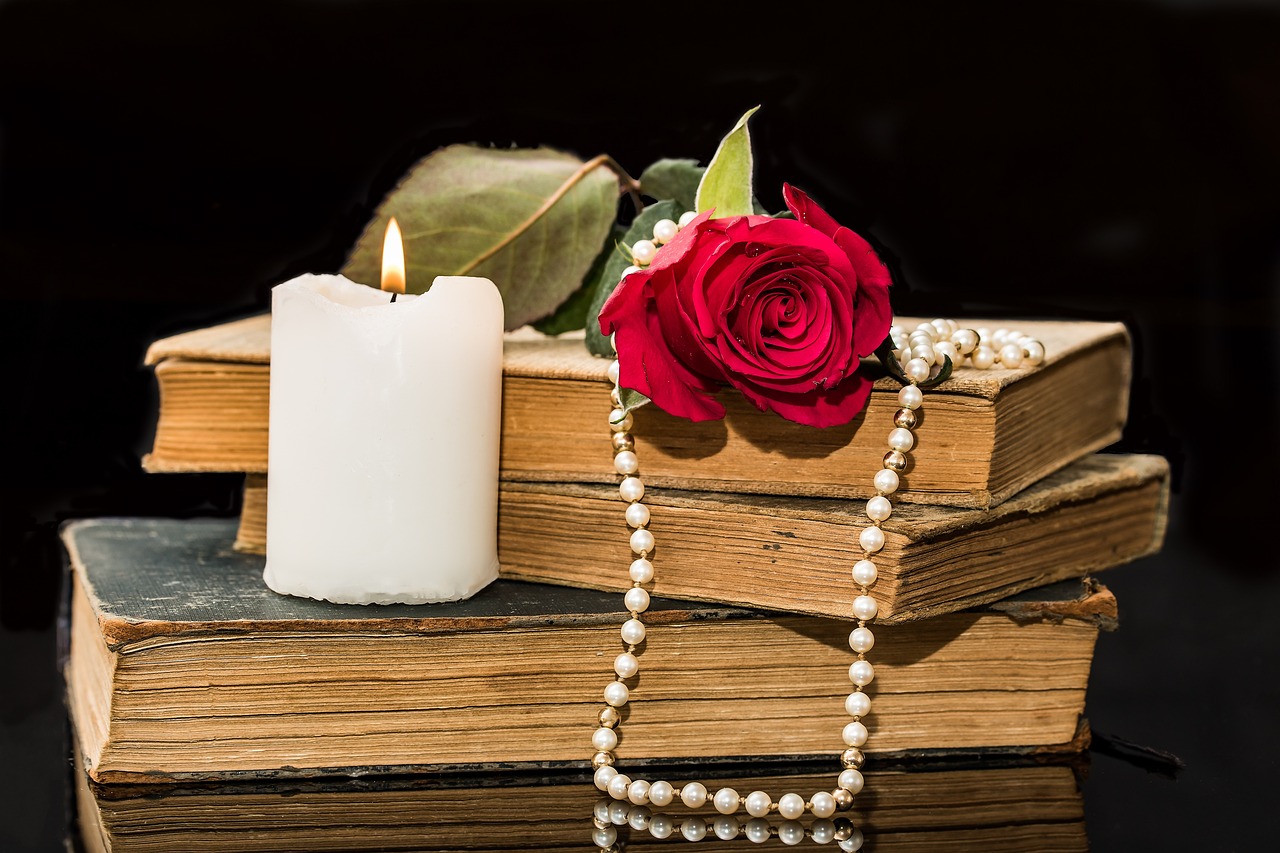
Cleaning and Storage Tips
Caring for your pearl necklace is essential to ensure it retains its natural beauty and luster over time. Proper cleaning and storage techniques not only protect pearls from damage but also enhance their longevity, allowing you to enjoy these exquisite pieces for years to come.
Cleaning Your Pearl Necklace
- Use a Soft Cloth: After wearing your pearl necklace, gently wipe it with a soft, lint-free cloth to remove any dirt, oils, or perspiration. This simple step can prevent buildup and maintain the pearls’ shine.
- Avoid Harsh Chemicals: Pearls are sensitive to harsh chemicals found in cleaning products, perfumes, and lotions. Always apply such products before putting on your necklace, and avoid exposing pearls to them.
- Occasional Deep Cleaning: For a more thorough clean, use a damp cloth with mild soap and water. Make sure to dry the pearls immediately and avoid soaking them, as excess moisture can damage the nacre.
Storing Your Pearl Necklace
- Use a Soft Pouch: Store your pearl necklace in a soft pouch or a lined jewelry box to prevent scratches and tangling with other jewelry. This is crucial for maintaining their pristine condition.
- Avoid Extreme Conditions: Keep pearls away from direct sunlight, extreme temperatures, and humidity. These factors can cause pearls to lose their luster or even crack over time.
- Regularly Inspect: Periodically check your pearl necklace for any signs of wear or damage. If you notice any issues, consider having it professionally evaluated to ensure it remains in excellent condition.
By following these cleaning and storage tips, you can protect your pearl necklace and ensure it remains a stunning addition to your jewelry collection for many years. Remember, the care you provide will directly influence the beauty and longevity of your cherished pearls.
When to Wear Pearl Necklaces
Pearl necklaces are not just beautiful accessories; they are incredibly versatile and can be worn on a multitude of occasions. Their timeless elegance allows them to seamlessly transition from formal events to casual outings, making them a crucial addition to any jewelry lover’s collection.
- Formal Events: Pearl necklaces are a classic choice for formal gatherings such as weddings, galas, and black-tie events. Their refined appearance complements evening gowns and cocktail dresses beautifully, adding a touch of sophistication.
- Business Settings: In professional environments, a simple pearl necklace can enhance a business attire. It conveys a sense of professionalism and elegance without being overly flashy, making it ideal for meetings and presentations.
- Casual Outings: Contrary to popular belief, pearl necklaces can also be worn casually. Pairing a short strand of pearls with a simple blouse and jeans creates a chic yet laid-back look suitable for brunch or a day out with friends.
- Special Occasions: Birthdays, anniversaries, and other special celebrations are perfect occasions to showcase pearl necklaces. They can be gifted or worn to commemorate these events, adding sentimental value to the piece.
- Everyday Wear: For those who appreciate the beauty of pearls, wearing them daily can elevate even the simplest outfits. A single pearl pendant or a delicate strand can add a touch of elegance to everyday wear.
In conclusion, pearl necklaces are incredibly versatile accessories that can enhance any outfit, regardless of the occasion. Their ability to adapt to various styles and settings makes them a staple in every jewelry collection. Whether you’re dressing up for a formal event or looking to add a touch of elegance to your everyday attire, a pearl necklace is always a suitable choice.
The Timeless Appeal of Pearl Necklaces
is rooted in their classic elegance and versatility, making them a cherished choice for jewelry lovers across generations. These exquisite pieces not only exude sophistication but also carry a rich history that adds to their allure. From formal gatherings to casual outings, pearl necklaces seamlessly transition between occasions, making them a staple in any jewelry collection.
Throughout history, pearls have been symbols of purity and wealth, often associated with royalty and high society. Their natural beauty and unique luster have fascinated cultures worldwide, leading to their enduring popularity. Today, pearl necklaces continue to be a perfect gift for special occasions, such as weddings, anniversaries, and graduations, symbolizing love and commitment.
When considering a pearl necklace, it is essential to understand the different types of pearls available. Akoya, Tahitian, and South Sea pearls each offer distinct characteristics that cater to various tastes and preferences. Akoya pearls are known for their round shape and high luster, while Tahitian pearls are celebrated for their exotic colors, ranging from deep black to vibrant green. South Sea pearls, on the other hand, are prized for their large size and luxurious appearance.
Choosing the right pearl necklace involves evaluating factors such as size, shape, color, and luster. Understanding these elements can help buyers select a piece that not only enhances their style but also reflects their personality. Additionally, proper care and maintenance are crucial for preserving the beauty of pearl necklaces. Regular cleaning and appropriate storage can ensure that these treasures remain stunning for years to come.
In conclusion, the allure of pearl necklaces lies in their timeless elegance and versatility. Whether worn as a statement piece or a subtle accent, they are a must-have for any jewelry enthusiast. Their ability to transcend trends and remain relevant makes them a beloved choice for both gifting and personal adornment.

Frequently Asked Questions
- What are the different types of pearls used in necklaces?
There are several types of pearls commonly used in necklaces, including Akoya, Tahitian, and South Sea pearls. Each type has its unique qualities, colors, and luster, making them suitable for various styles and occasions.
- How do I choose the perfect pearl necklace?
Choosing the right pearl necklace involves considering factors like pearl size, shape, color, and luster. It’s essential to select a piece that complements your personal style and enhances your overall look.
- What is the difference between natural and cultured pearls?
Natural pearls are formed without human intervention and are quite rare, making them highly valuable. In contrast, cultured pearls are farmed through human efforts, providing a more accessible option for those looking for beautiful pearl jewelry.
- How should I care for my pearl necklace?
To maintain the beauty of your pearl necklace, it’s important to clean it gently with a soft cloth after wearing and store it in a cool, dry place. Avoid exposing pearls to harsh chemicals or extreme temperatures to preserve their luster.
- When is the best time to wear pearl necklaces?
Pearl necklaces are incredibly versatile and can be worn for various occasions, from formal events to casual outings. Their classic elegance makes them suitable for almost any outfit!

